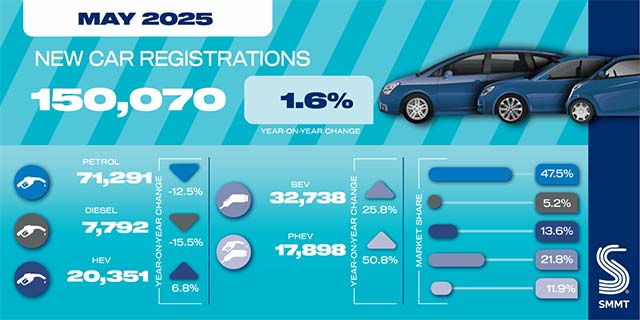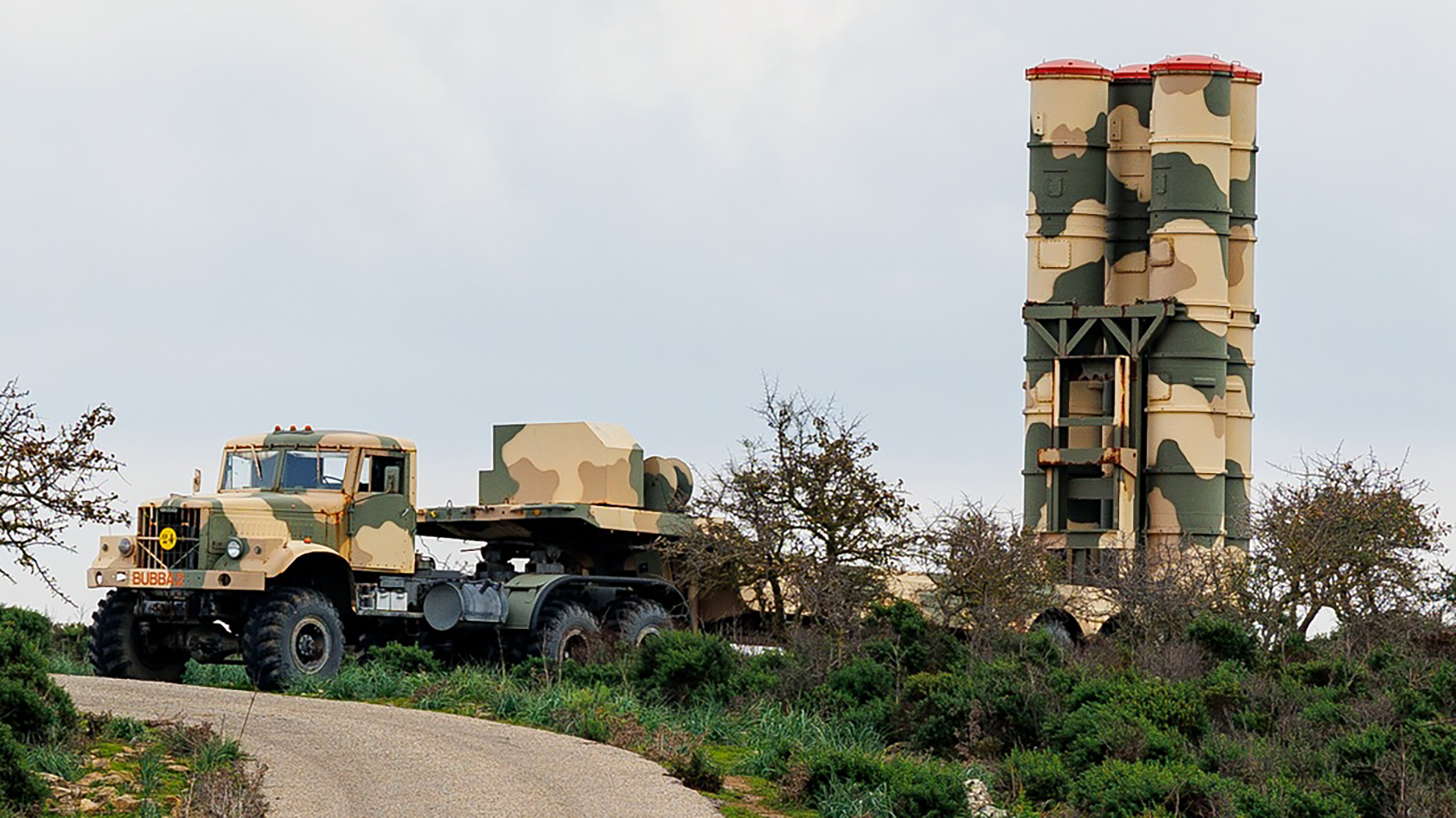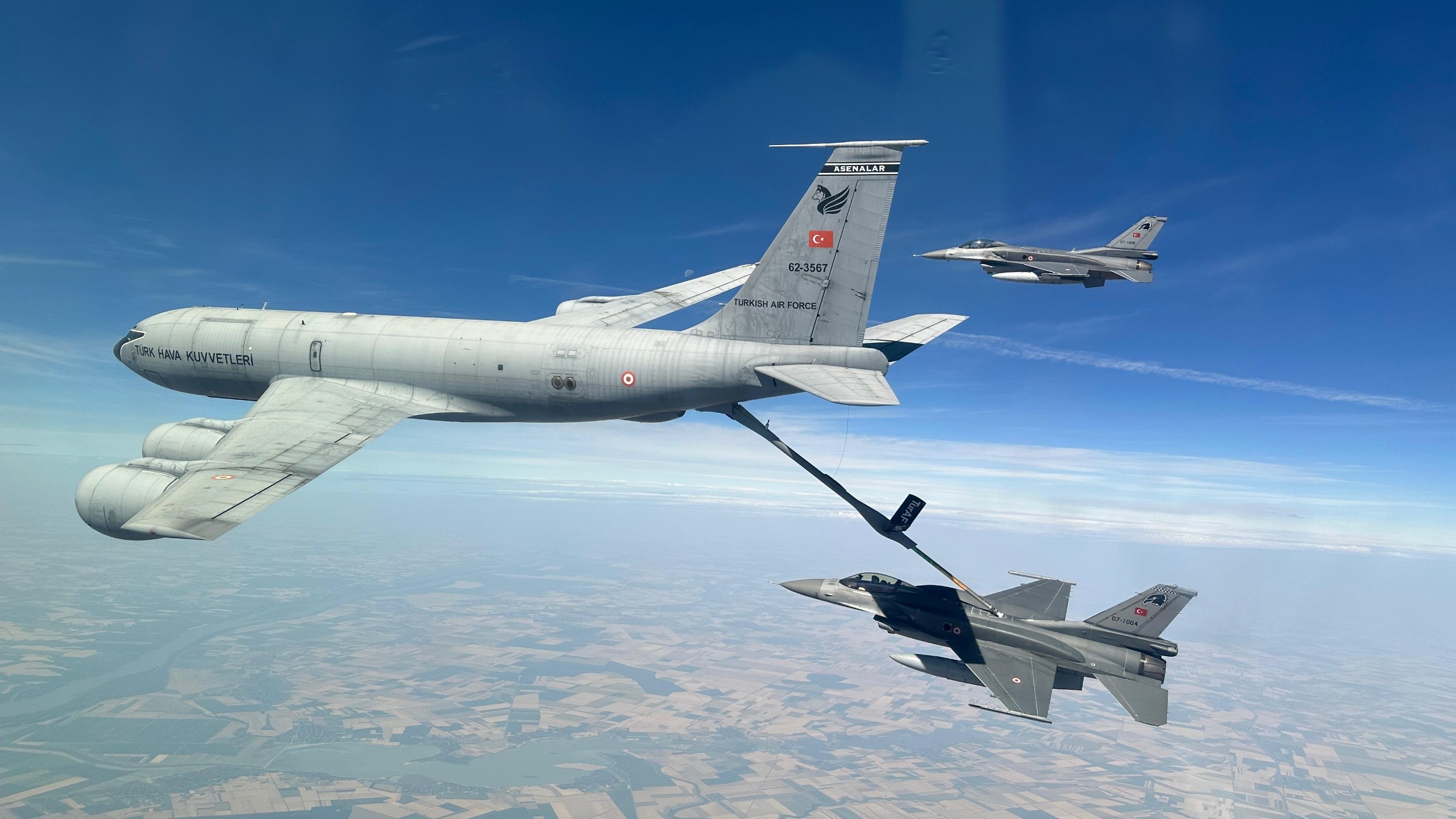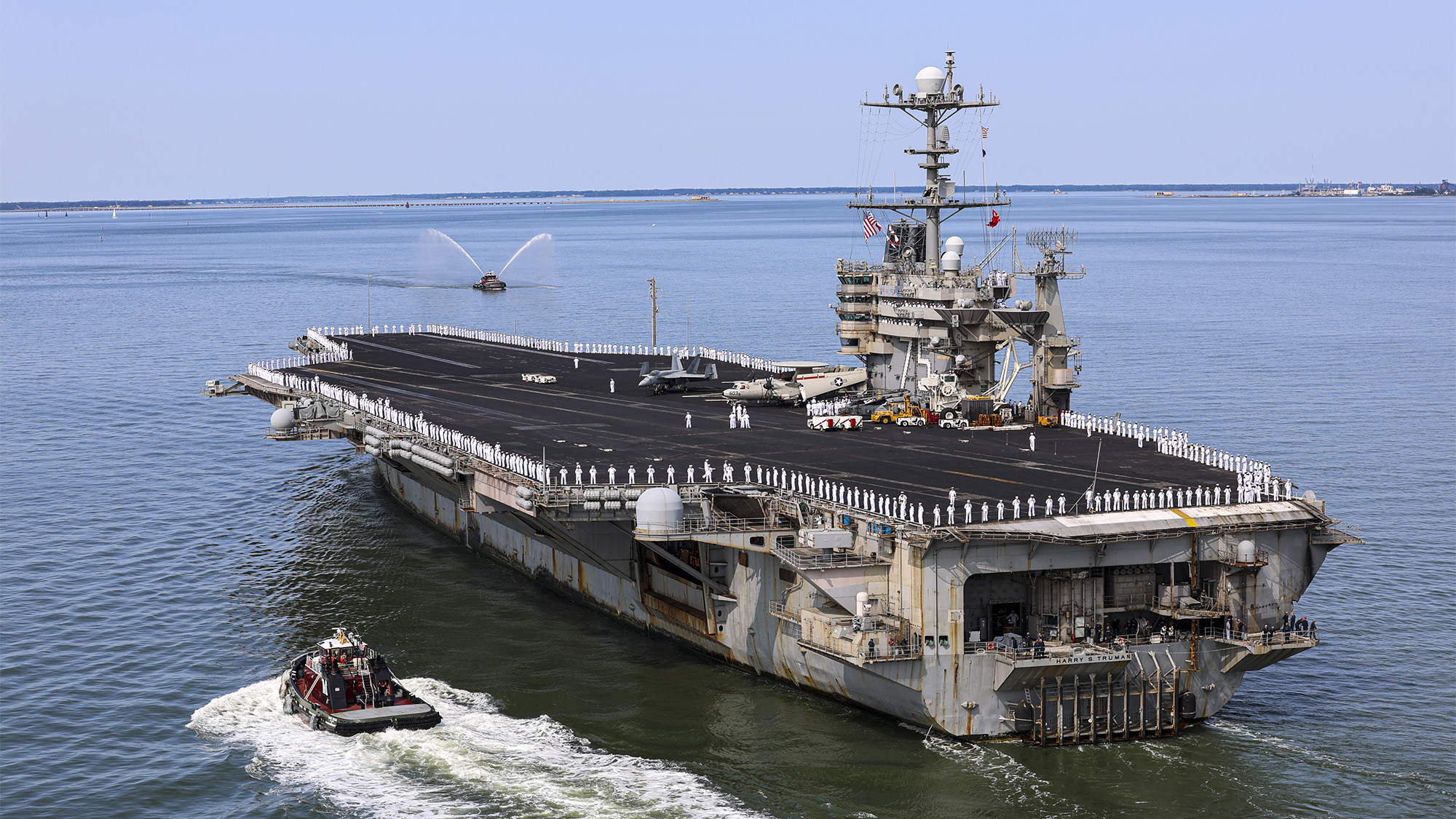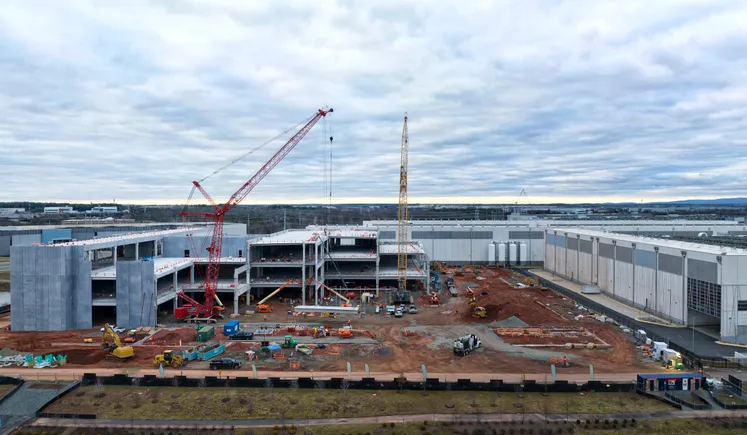Airlines lower air cargo forecast amid escalating trade war
The airline industry’s largest trade association is predicting much slower cargo growth in 2025 as rising tariffs dampen trade activity or shift it to ocean transport. The post Airlines lower air cargo forecast amid escalating trade war appeared first on FreightWaves.

The International Air Transport Association on Monday downgraded its guidance for air cargo volumes and airline revenue from cargo as global tariffs unleashed by the new Trump administration roil freight markets.
The trade association said air cargo demand is now expected to grow 0.7% year over year, with member airlines hauling 76 million U.S. tons versus the previous projection in Dece mber of 80 million tons. In 2024, air cargo volume grew 12%, an all-time high, based on an average of data sources. Six months ago, IATA predicted cargo volume for passenger and all-cargo airlines would grow 5.8% this year.
The U.S. cancellation of the de minimis exemption, which allowed parcels valued below $800 to enter the country without duty or complex customs procedures, for China and Hong Kong is also weighing down cargo volumes as e-commerce retailers shift from direct-to-consumer shipping to fulfilling orders from U.S. warehouses stocked through less expensive ocean shipments.
Cargo revenues for member airlines are expected to decline 4.7% to $142 billion as global economic growth slows due to the proliferation of tariffs and other protectionist measures that tend to constrain cross-border trade, IATA said. IATA’s December projection was for $157 billion in cargo revenue. The cargo yield is also expected to decline by 5.2%, reflecting a combination of slower demand growth and lower oil prices. When jet fuel prices rise, airlines add fuel surcharges that typically include extra profit margin above the cost.
The new estimates suggest the air cargo market could see a big slump in the second half of the year that cancels the normal peak season. IATA recently reported that cargo demand remained strong, growing 5.8% in April from the same month last year. Cargo traffic, which includes a distance component on top of tonnage, increased 2.4% year over year during the first quarter, according to IATA data.
Analysts attribute growth so far to businesses front-loading orders from overseas suppliers to import merchandise before announced tariffs kick in. That’s what happened as shippers anticipated sweeping tariffs from the Trump administration before they landed in early April. After the White House paused tariffs for 90 days to foster negotiations and lowered tariffs on Chinese goods to 30%, ocean and air volumes to the U.S. have increased again as importers load up on goods before tariffs swing up again.
Many countries have retaliated against the U.S. tariffs or plan to do so again when the U.S. tariffs resume next month.
From an overall passenger and cargo perspective, airlines are expected to eke out a profit as total revenues grow by 1.3% versus a 1% increase in total expenses. Strong employment and cooling inflation are expected to maintain passenger demand but at a lower rate than previously estimated.
Airline revenue is now projected to be $979 billion in 2025, down from $1 trillion estimated in December. Net profit of $36 billion was revised down from $36.6 billion six months ago, resulting in a net profit margin of 3.7%.
Click here for more FreightWaves/American Shipper stories by Eric Kulisch.
RELATED READING:
Growth in air cargo demand to decelerate in 2025, IATA says
The post Airlines lower air cargo forecast amid escalating trade war appeared first on FreightWaves.






















